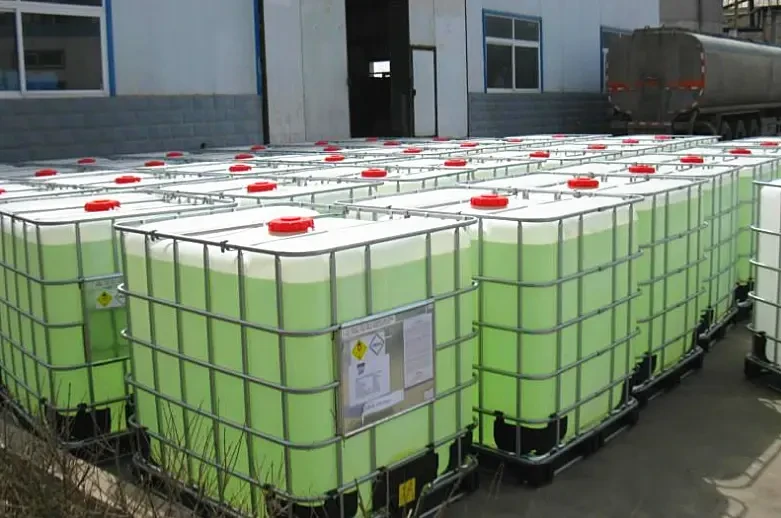Talc Additive in Plastics Enhancing Material Performance
Talc, a mineral composed primarily of magnesium, silicon, and oxygen, is a widely used additive in the plastics industry. Its unique properties make it an invaluable component in the formulation of various plastic products. The integration of talc in plastics not only enhances their mechanical performance but also improves processing characteristics and provides cost benefits.
Talc Additive in Plastics Enhancing Material Performance
Furthermore, talc contributes to improved thermal stability in plastics. When used as an additive, it can help to enhance the thermal resistance of the polymer matrix, allowing it to withstand higher temperatures during processing and in end-use applications. This characteristic is especially beneficial in industries that require materials to perform reliably at elevated temperatures, such as electrical components and appliances. By mitigating warping and maintaining structural integrity, talc serves to extend the lifespan of plastic products.
talc additive plastic

In addition to mechanical and thermal properties, talc can also enhance the surface finish of plastic components. Its fine particle size allows for a smoother texture, which is aesthetically appealing and provides additional benefits such as improved paintability and adhesion. This is particularly relevant in industries like automotive and consumer electronics, where the visual quality of components significantly impacts market appeal. Furthermore, talc can also reduce the viscosity of polymer melts, facilitating easier processing during manufacturing. This leads to advantages in molding and extrusion processes, resulting in lower energy consumption and reduced wear on machinery.
Cost-effectiveness is another significant advantage of using talc in plastics. As a relatively inexpensive filler, talc can help reduce the overall production costs by replacing a portion of the more expensive polymer. This becomes particularly relevant in large-scale manufacturing, where even small savings per unit can result in substantial reductions in overall production expenses. Manufacturers can thus achieve a balance between performance and cost, allowing them to remain competitive in the market.
Despite its many benefits, the use of talc in plastics is not without controversy. Concerns surrounding the purity of talc, particularly regarding contaminants such as asbestos, have prompted scrutiny from both regulatory bodies and consumers. As the industry adapts to these challenges, it is essential for manufacturers to source talc from reputable suppliers that adhere to strict safety standards. Additionally, ongoing research into alternative fillers may provide new avenues for enhancing plastic performance while addressing health and safety concerns.
In conclusion, talc serves as a multifaceted additive in the plastics industry, offering numerous benefits ranging from enhanced mechanical properties to improved processing characteristics and cost savings. Its ability to bolster stiffness, thermal stability, and surface finish makes it an essential component in numerous plastic applications. As manufacturers continue to explore innovative uses for talc, the balance between performance and safety will be crucial in ensuring the sustainable future of plastic products. Through responsible sourcing and application, talc will likely remain a key player in the evolution of material science in the plastics sector.

